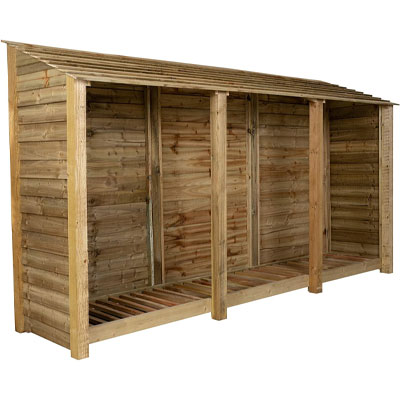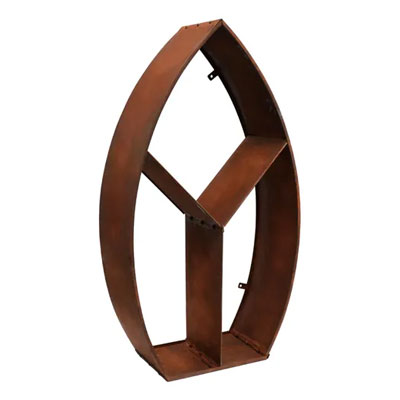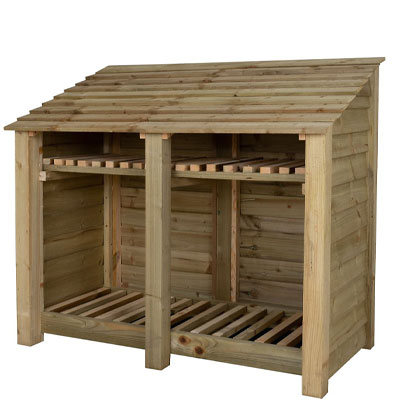Wrong fuel? 8 log burner mistakes experts urge you to avoid
A log burning stove can be the perfect way to introduce both physical as well as visual warm into a home – but avoiding these common mistakes is key
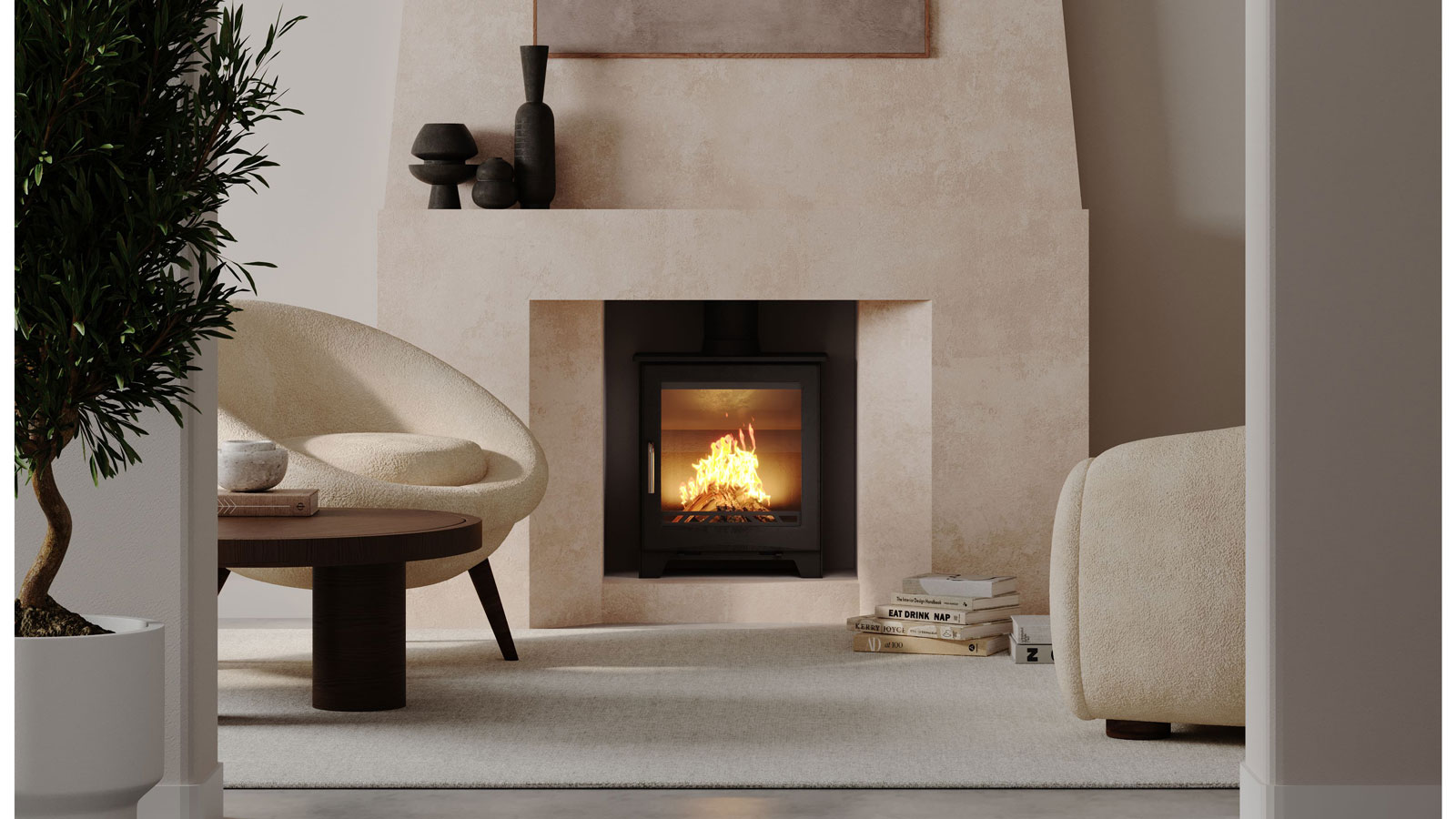
There are certain log burner mistakes that get made time and time again, yet, according to the experts we spoke to, all are easily avoided with the right forward planning and a little inside know-how.
Log burning stoves are a fantastic way to heat up a space fast, plus they add so much to a home in the way of character and warmth (visual and physical). That said, just as with any method of heating, they need to be chosen, installed and operated with care if they are to be a worthwhile investment.
To ensure your new log burner is nothing but a roaring success, we reached out to some top experts in the field to ask them for the mistakes they see homeowners making time and time again – and how you can avoid doing the same.
1. Installing a log burner on a DIY basis without the right skills
While it isn't actually illegal to install a log burning stove on a DIY basis, neither is it necessarily a route that is recommended by experts.
"Installing a stove is specialist work and Building Regulations require that either your local authority Building Control or a registered member of a recognised competent person’s scheme (e.g. a HETAS or OFTEC installer) signs it off," explains Erica Malkin, executive director at Stove Industry Association. "Attempting it yourself risks safety issues and voiding your home insurance."
If you are worried about wood burning stove installation costs, bear in mind that if you are using a HETAS-approved installer, you won't need to go to the trouble and expense of applying and paying for building regulations approval yourself.

Erica has worked in the stove and fireplace industry for the last 13 years. Prior to her role with the SIA, Erica was the editor of Fires & Fireplaces magazine and awards manager for the long-running fireplace industry exhibition, Hearth & Home.
2. Failing to pay attention to log burner building regs
Which brings us nicely on to the next mistake our experts were keen to highlight – failure to adhere to log burner building regs.
Bring your dream home to life with expert advice, how to guides and design inspiration. Sign up for our newsletter and get two free tickets to a Homebuilding & Renovating Show near you.
"Regulations apply across the board," picks up Erica Malkin. "In England and Wales, stove installation must meet Building Regulations Part J (combustion appliances and fuel storage systems). "Scotland and Northern Ireland have similar requirements.
"Ecodesign compliance is a must," continues Erica. "Since 2022 all stoves sold and installed in the UK must comply with the Ecodesign regulations for emissions and efficiency."
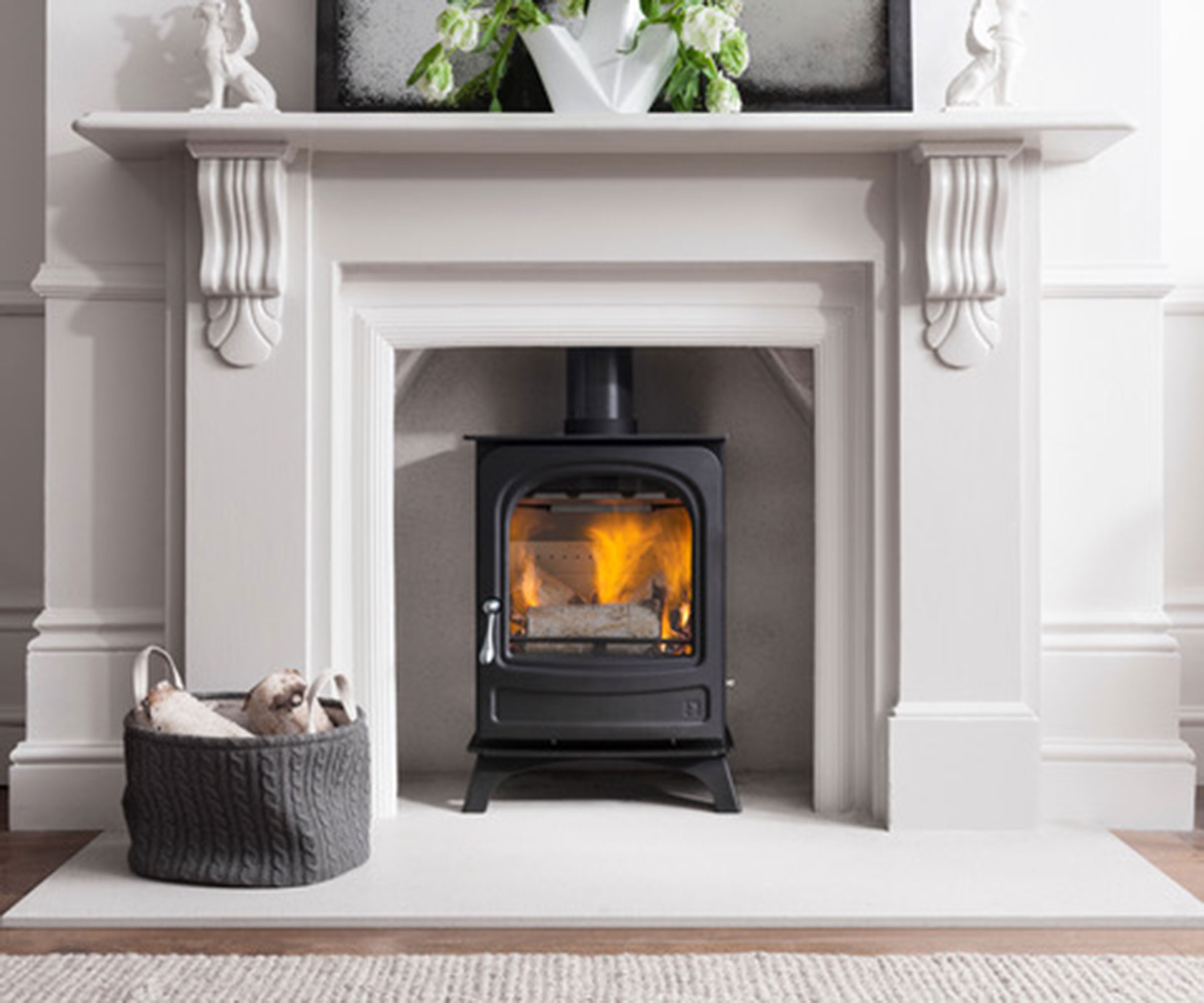
3. Burning the wrong type of fuel
Once your stove is installed, don't just assume that you can go throwing any old wood in there and still enjoy a crackling fire that burns efficiently. The type of wood you burn really does matter – as do the log store ideas you put in place.
“One of the most important elements of efficient burning is selecting the right fuel, as it impacts the heat output, burn cleanliness and the overall health of your stove," explains Joanna Humphreys, fire and stove specialist at Direct Stoves.
"For wood burning stoves, it’s best to use seasoned or kiln-dried logs with a moisture content below 20% for optimal burning," continues Joanna. "If drying wood yourself, ensure it has enough time to season, and, for reassurance, seek out logs with the Woodsure certification – a UK standard for high-quality ready-to-burn wood. This can then be stored in a dry, well-ventilated area to ensure it maintains low moisture levels. Painted or varnished wood should be avoided due to the chemicals it contains, which can release toxins and complicate stove cleaning.”

Joanna Humphreys is a fire and stove expert at Direct Stoves, an online stove retailer selling an array of wood burning, multi fuel, gas, and electric stoves.
Shop outdoor log stores
4. Ignoring your stove's ventilation requirements
To burn efficiently and safely, any kind of fire, be it a log burner or an open fire, needs proper ventilation.
"Air supply matters – stoves need adequate ventilation to work safely," explains Erica Malkin. "Your installer will assess whether an air vent is needed in the room to comply with regulations."
The level of ventilation your stove requires depends on the 'air permeability' of your home – basically a measure of how airtight it is. Newer houses tend to be more airtight than old properties and are therefore more likely to require ventilation in the form or an air vent or external air kit (some stoves come with these.) Your installer will be able to test the air permeability of your home and advise on ventilation requirements that will avoid you running into any wood burning stove problems later down the line.
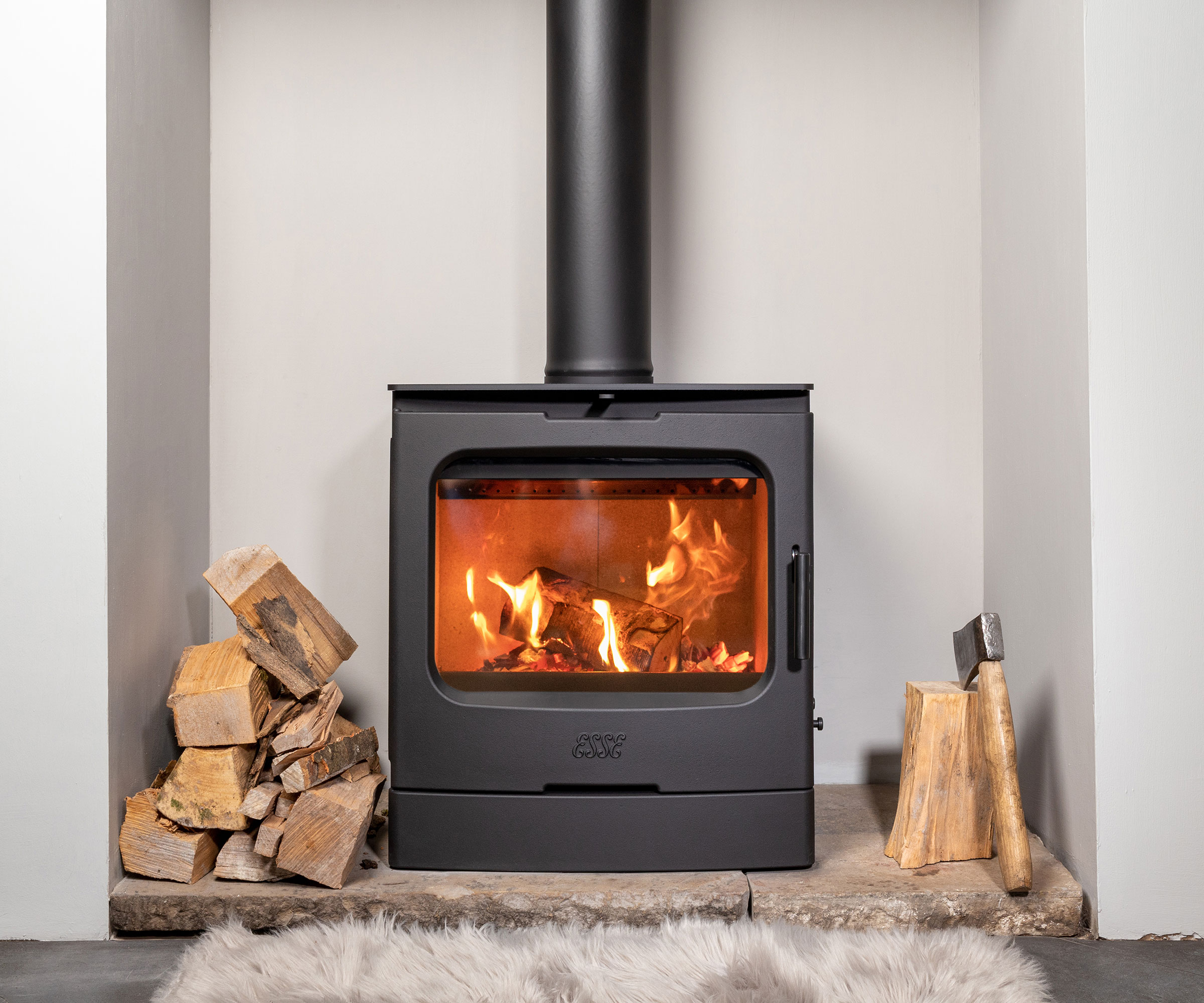
5. Choosing the wrong size log burner
When it comes to the log burner ideas you ultimately go with, opting for the right size is so important if you want to ensure that your space feels comfortable to spend time in.
"One of the most common issues homeowners face is selecting a stove with either too high or too low a heat output for their space," explains Gregg Robinson, technical advisor at ESSE Engineering. "A stove that’s too powerful can quickly overheat a room, while one with insufficient output may fail to warm the space effectively, leading to underperformance and dissatisfaction.
"To avoid this, use a reliable 'room size to heat output calculator' (readily available online) to determine the appropriate stove output for your specific environment. Alternatively, consult a stove retailer or installation engineer."

Gregg Robinson is the technical support advisor at ESSE Engineering, a renowned stove and cooker manufacturer based in Barnoldswick on the Yorkshire-Lancashire border. With over 30 years of experience as a heating engineer, Gregg brings extensive industry knowledge to his role. He began his career in the stove sector working for a retailer in Lancashire before moving into stove installation within the building industry. His long-standing expertise in specifying, installing, and servicing wood-burning stoves led to a professional connection with ESSE Engineering, who later invited him to join the team in a technical support capacity.
6. Neglecting flue sweeping access
Just as with an open fire, the chimney – or flue – of your log burner will need to be swept at least once a year. In order for a sweep to come and out and get the job done, easy access will be required.
"When installing a log burner, it's essential to allow for adequate flue sweeping access," explains Gregg Robinson. "Without this, routine maintenance becomes difficult, increasing the risk of soot build-up and reducing fuel efficiency.
"We strongly recommend that all installations be carried out by a qualified professional, with future access for flue cleaning in mind to maintain both safety and performance."
7. Skipping log burner maintenance
Log burning stoves are not fit-and-forget installations – just as with open fireplaces, they require regular and ongoing maintenance in order to work efficiently and to stand the test of time.
"Regular chimney sweeping and appliance maintenance is vital," explains Erica Malkin. "Have your chimney or flue swept at least once a year by an NVQ qualified sweep – more often if you use your stove heavily. Sweeping keeps the flue clear of soot and tar build-up, reduces the risk of chimney fires, and helps your stove run safely and efficiently
"Have your stove serviced regularly and replace any cracked glass, damaged rope seal or broken fire bricks as soon as you spot them," adds Erica.
Gregg Robinson is keen to highlight the importance of regular servicing in order to keep your log burner in the best possible condition.
"A log burner that isn't serviced regularly can suffer from reduced efficiency, increased emissions, and potentially costly damage," explains Gregg. "Annual servicing by a professional heating engineer ensures that the flueways are cleaned and all components are operating correctly. Proactive maintenance not only extends the life of your stove but also helps prevent avoidable repair costs and ensures safe, optimal performance year after year."
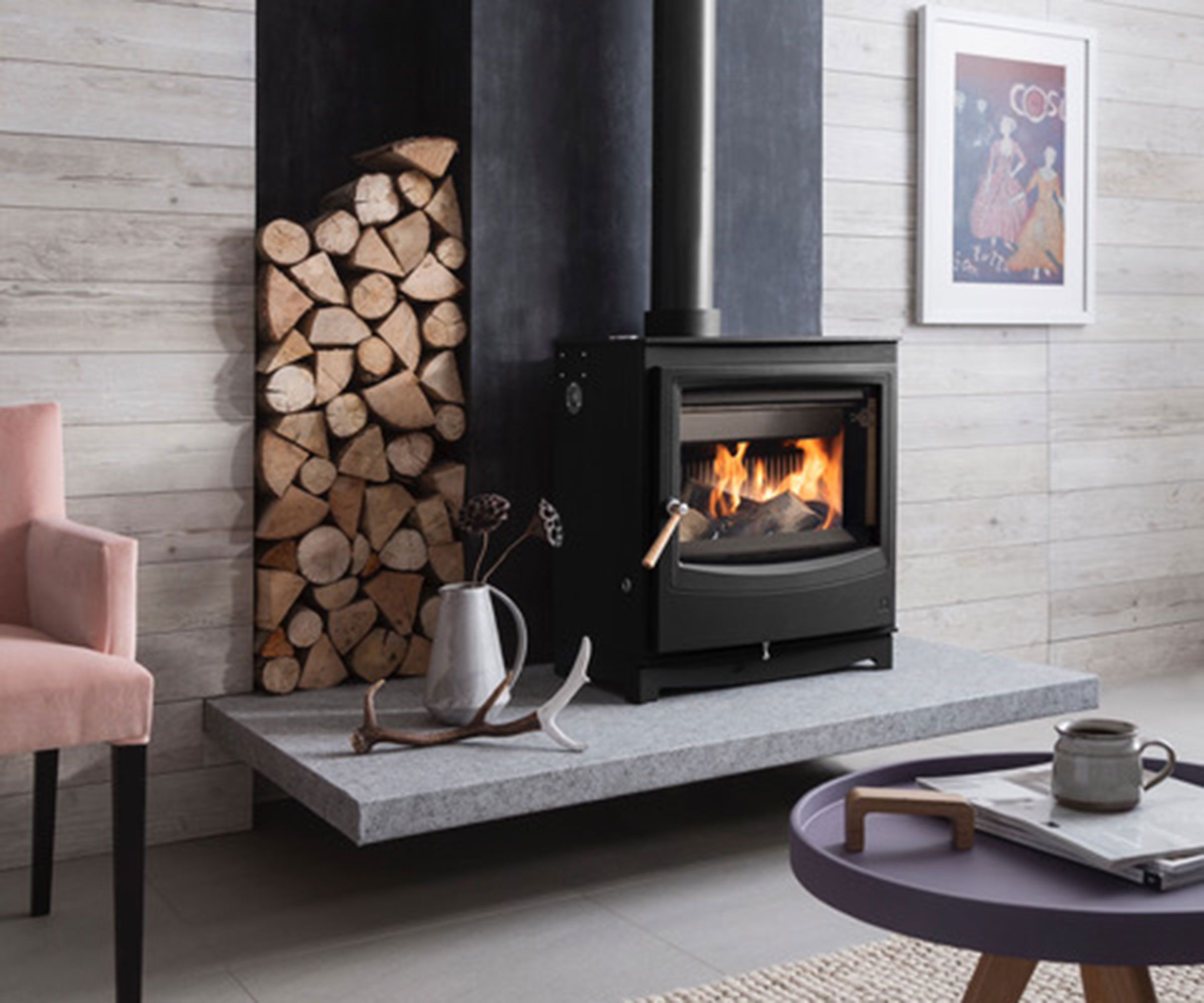
8. Setting and lighting the fire all wrong
Even once you have chosen the right sized log burner and had it properly installed, there is still room for error – particularly in the way you light it.
"Stack logs loosely to allow airflow," advises Erica Malkin. "Use kindling and natural firelighters to get fires going, and adjust air controls once the fire is established. With practice, lighting and running your stove becomes second nature and a really rewarding part of home life."
There is lots of advice out there on how to light a log burner, but there are two main methods that work well – the traditional method and the 'upside down' technique. Experimenting with the two will usually lead you to discover which works best for you.
FAQs
Can I use a log burner in a Smoke Control Area?
You can use a wood burning stove if you live within a Smoke Control Area, and planning permission for log burners is rarely required, but there are certain rules you'll need to follow in order to do so.
"To burn wood in a Smoke Control Area your stove must be Defra exempt," explains Erica Malkin. "Choosing an appliance that has been certified under the clearSkies scheme ensures it is both Ecodesign compliant and Defra exempt (clearSkies Level 3 and above).
"The simplest way to comply is to use a HETAS or OFTEC registered installer, who can self-certify the installation rather than needing a local authority inspection," adds Erica.
Is carbon monoxide from a wood stove a common issue?
Many people worry about the safety of log burners, but providing your installation adheres to the building regs and you take the correct precautions, there is no need to worry.
"Carbon monoxide is a colourless, odourless gas that can be deadly in high concentrations," explains Jon Butterworth, director of Arada Stoves. "A blocked flue, poor ventilation, or incorrect installation can cause CO to build up without warning.
"Always install a carbon monoxide alarm near your stove, and make sure the room is well-ventilated. This simple step helps prevent CO build-up and keeps your home safe."

Jon Butterworth is managing director of Arada Stoves, one of the UK's leading suppliers of log burning stoves and has a wealth of experience in supplying and installing them.
Still undecided on whether a log burner is right for you? Take some time to weigh up the pros and cons between open fires vs log burners to ensure you make the right choice.
Natasha was Homebuilding & Renovating’s Associate Content Editor and was a member of the Homebuilding team for over two decades. In her role on Homebuilding & Renovating she imparted her knowledge on a wide range of renovation topics, from window condensation to renovating bathrooms, to removing walls and adding an extension. She continues to write for Homebuilding on these topics, and more. An experienced journalist and renovation expert, she also writes for a number of other homes titles, including Homes & Gardens and Ideal Homes. Over the years Natasha has renovated and carried out a side extension to a Victorian terrace. She is currently living in the rural Edwardian cottage she renovated and extended on a largely DIY basis, living on site for the duration of the project.
